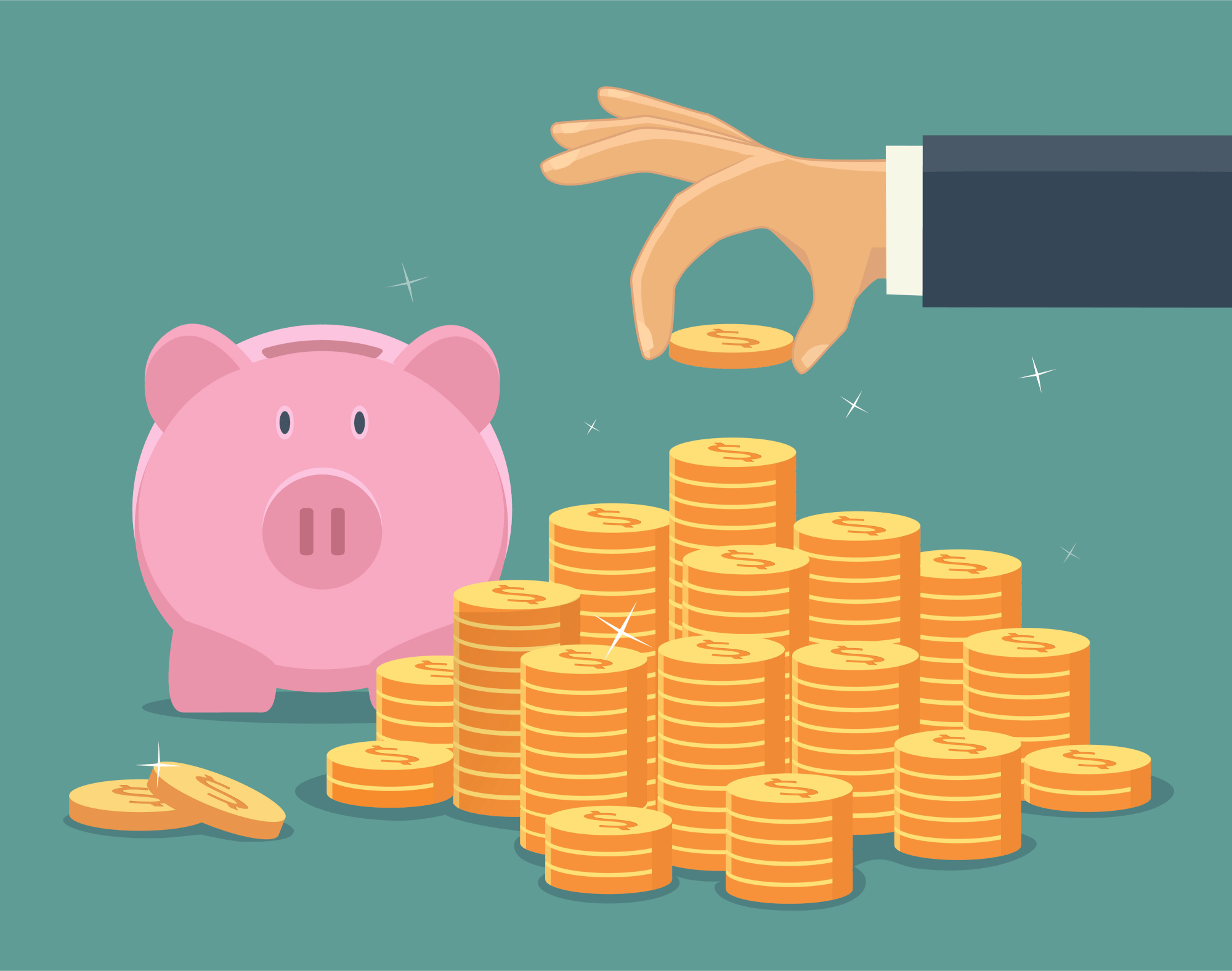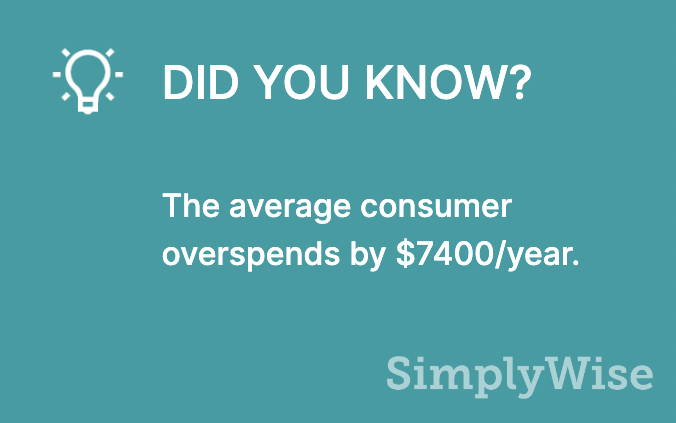
Saving money effectively can be a difficult task, especially when it comes to major long-term goals such as buying a house or preparing for retirement. While many people view retirement savings as important, there are many who struggle to get their savings on track towards a livable retirement. In fact, nearly a quarter of people over 60 currently do not have enough money to live off their retirement savings.
Unfortunately, it is not nearly as easy as it often seems. When bills pile high, saving money for the future is probably lower on your priority list. This is why it’s important to reduce the amount of money leaving your bank account each month, allowing you to put that extra cash towards a better financial future.
With the right attitude and planning, there are easy savings strategies you can add to your current savings plan. Read on for ways you can incorporate them into your financial strategy.
Track Your Spending Habits
The way you spend money, and how much you spend, can be a major factor in how much you save for both the short and long term. If you are in the habit of overspending each month, (such as the average consumer who overspends by $7400 a year) it’s important that you identify it early on, so you can take steps to cut back and avoid spending as much. The best way to go about this is to track your spending using tools available to you.

Many people don’t like to track their spending, since it can often be a hassle to keep track of all their purchases and income. Thankfully, this process has gotten much easier to handle in recent years. One of the first ways to go about this is to utilize budgeting software. This connects directly to your bank account and will track your income and expenses and categorize them for easy tracking. Doing this will allow you to see where your money is going each month. You can also use these platforms to set up instant notifications and avoid overspending.
Once you’ve started tracking your expenses and have an idea if you’re overspending, you can find ways to limit your spending and create habits that will allow you to save more money. This could include cutting back on luxuries such as dining out every week, or some subscription services like video streaming or gaming.
Automate Your Savings
Technology can be a big help when trying to save more money. More and more services are looking to provide options for people looking to put money towards future savings goals without having to think about it too much. This is especially helpful, because it’s often easier to have software put money aside for you than doing it yourself, making you more likely to stick to your monthly savings goals.
For example, you can utilize digital banking platforms that have automatic savings features to put aside extra money from each paycheck. These features will take a percentage of every paycheck, or a set amount each month, and deposit it into your savings. If you’re new to these platforms, consider the pros and cons of internet banking while researching the variety of options that are available. This will help you decide if you think automatic savings with a digital bank account is going to be the best option for you.
If you do automate your savings, you should try to keep your rainy-day fund stashed away in an account where it’s not super easy to make withdrawals from. For example, your checking account wouldn’t be a good place for it, since you can spend from there directly with a debit card. Instead, you can look into options such as high-yield savings accounts or money market accounts. The benefits of these are that they give you interest on your savings, so you can build them up faster, while making it harder to spend from the account.
Hunt for Coupons and Deals
Everyone loves a good deal here and there, but sometimes people miss out on some of the biggest savings by not taking advantage of them more frequently. In order to make deals and coupons a regular part of your spending habits, there are a few strategies you can use.
The first step is to avoid spending on any products you want without first doing your research! Impulse buys are fun here and there, but they can often cost you unnecessary money if you’re not careful. Always spend time looking for available deals. A product you find one week could be marked down 10-15% the next, so it’s important that you’re patient and wait to buy things when they’re on sale. Price matching is also a viable option, so shop online for lower prices if you find something in a store that you like.
You should also make use of coupons when you can. While some coupons don’t seem like they have the greatest savings, they all add up quickly once you start using them frequently. Look into getting a coupon book or using coupon apps to rack up savings wherever possible.
Max Out Your Retirement Plan
If you’re working full time, you should be able to get access to a retirement plan, oftentimes a 401k through your employer. If this option is available to you, you should contribute at the very least, the maximum amount that your employer will match. As an example, if you contribute 4-5% of your paycheck to your 401k, your employer will match that amount and add it to your retirement savings. It’s basically like getting extra money from your employer, so don’t pass up on this opportunity!
If you don’t have this option available to you, due to being self-employed or not having these benefits, you can set up your own personal 401k or Roth IRA (or both to really max out your savings!). However, there is a key difference between the two. A 401k deposit is tax-free and then taxed at withdrawal. A Roth IRA is different, in that you are taxed upon deposit, but get a tax-free withdrawal. Both have their benefits and uses, so while some prefer to utilize both, if you want just one, these are all important factors to consider before creating your savings plan.
You should also keep an eye on your social security account to make sure you will be able to reap the benefits of it when the time comes to retire. Social security benefits are often not as high as savings from a 401k or IRA, so remember to treat this as supplemental income rather than your main source of retirement savings.
You will be able to start withdrawing from this account once you reach retirement age, though it is recommended to wait until past the earliest withdrawal age of 62 in order to get more out of your social security plan. Depending on when you want to retire, you can create a retirement strategy that will allow you to put as much money into both social security, a Roth IRA, and a 401k, so that you will have plenty of money to live off.
While taking steps towards building your savings is going to be a challenge, it’s certainly worth it for the benefits it brings. From having more money to put towards your retirement, to having additional cash for emergencies and other major purchases, your future self will thank you for being financially savvy.